Accordingly, the model is implemented on a scale of 6 hectares/4 participating households. The rice varieties used in the model are NVP79, OM 380, Loc Troi 4 and OM 18, the implementation period is from December 2024 to April 2025.

Participating in the model, farmers are trained in advanced technical measures in rice production such as applying sowing by sprayer; alternating wet and dry irrigation. At the same time, applying the technical process "1 must 6 reductions": must use certified seeds, reduce seed quantity, reduce fertilizer, reduce pesticides, reduce irrigation water, reduce post-harvest loss; increase the use of organic fertilizers and biological pesticides. As for proactive irrigation water sources, depending on the weather, season, and plant growth, households should regulate water appropriately.
At the workshop, farmers visited the model at Mr. Le Van Hien's household, Cau Nghin area, village 5, Nam Chinh commune. Production results at this model showed that thanks to the application of the alternating dry and wet water regulation process, the rice plants grew well and developed deep roots, limiting lodging when encountering unfavorable conditions. On the other hand, keeping the fields dry at some stages without water also contributes to reducing greenhouse gas emissions, limiting climate change. In addition, due to the low density of sowing (12 kg/sao) compared to the average amount of seeds of farmers in the area (25 - 30 kg/sao), the plant density is lower but the number of grains/panicles is high, the grains are large, the firmness rate is high and the rice recovery ability is higher.

According to the assessment of the Provincial Agricultural Extension Center, the estimated productivity of the varieties is: OM 380 about 76.49 tons/ha; Loc Troi 4 about 75.44 tons/ha and the remaining 2 varieties are NVP 79 and OM 18 about 72 tons/ha.
The model has helped farmers in Nam Chinh commune initially apply the production process of "1 must 6 reductions", how to manage fields, protect the environment, gradually forming concentrated production areas, contributing to increasing income and stabilizing life. Along with that, saving 50 - 60% of seeds compared to mass production and adding 2 new rice varieties OM 380 and Loc Troi 4 to the variety structure for people to choose from.

The provincial Agricultural Extension Center said that through the model, it aims to transfer new scientific and technical advances such as sowing by machine, spraying by plane in organic rice production, creating safe products for consumers; friendly to people and the environment. Along with that, planning concentrated rice production areas, using high-quality rice varieties in a field towards forming a concentrated high-quality commercial rice area, ensuring stable output for producers through signing production contracts.

It is known that Duc Linh is one of the key rice cultivation districts of the province with a total cultivated area of 21,984 hectares/year. Of which, Nam Chinh is the commune with the largest rice production area in the district, with an area of over 6,150 hectares/year and an average yield of 63.67 quintals/ha. However, up to now, people still maintain traditional farming methods, using some rice varieties for many consecutive years in the fields, leading to rice being susceptible to pests and diseases, low yield, the amount of seed sown is 25 - 35 kg/sao, and mechanization has not been applied synchronously in production, so the yield and quality have not been as expected.
Source: https://baobinhthuan.com.vn/trinh-dien-ap-dung-mot-so-giong-lua-chat-luong-cao-129443.html


![[Photo] Fireworks light up Hanoi sky to celebrate national reunification day](https://vstatic.vietnam.vn/vietnam/resource/IMAGE/2025/4/28/5b4a75100b3e4b24903967615c3f3eac)
![[Photo] General Secretary To Lam's wife and Japanese Prime Minister's wife make traditional green rice cakes together](https://vstatic.vietnam.vn/vietnam/resource/IMAGE/2025/4/27/7bcfbf97dd374eb0b888e9e234698a3b)
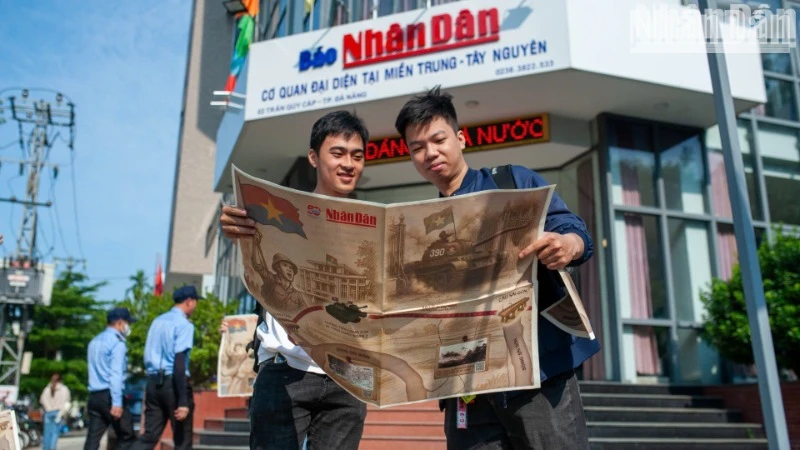
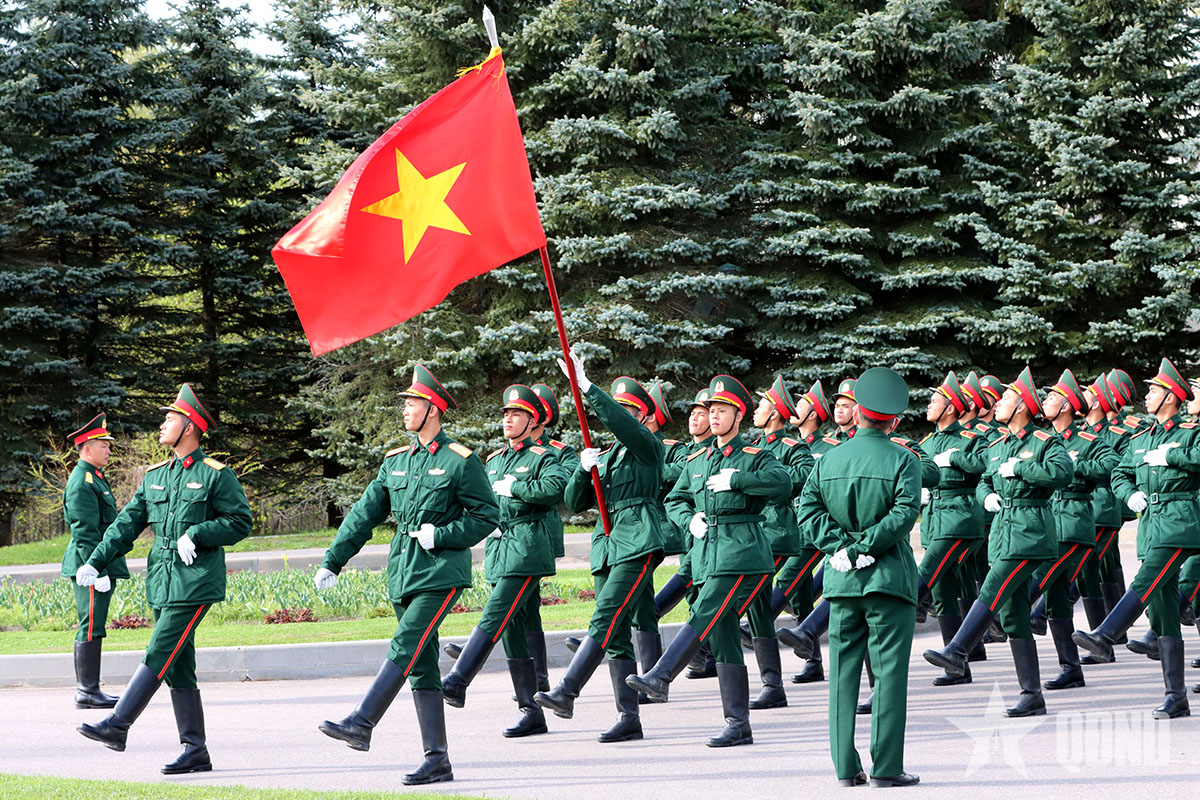

![[Photo] Japanese Prime Minister's wife visits Vietnamese Women's Museum](https://vstatic.vietnam.vn/vietnam/resource/IMAGE/2025/4/27/8160b8d7c7ba40eeb086553d8d4a8152)
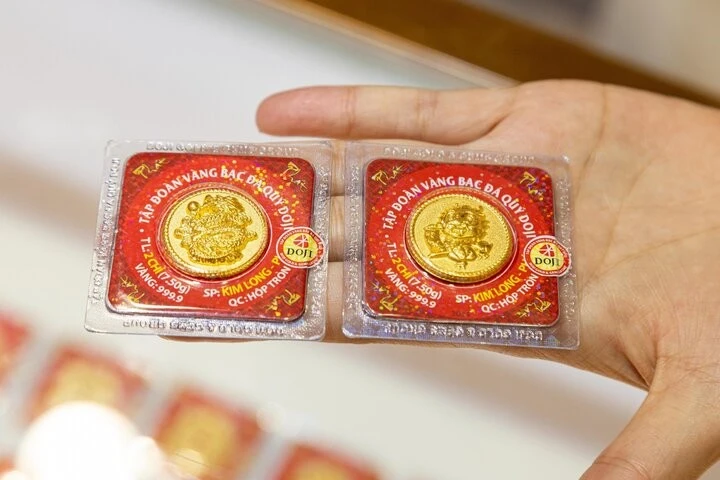
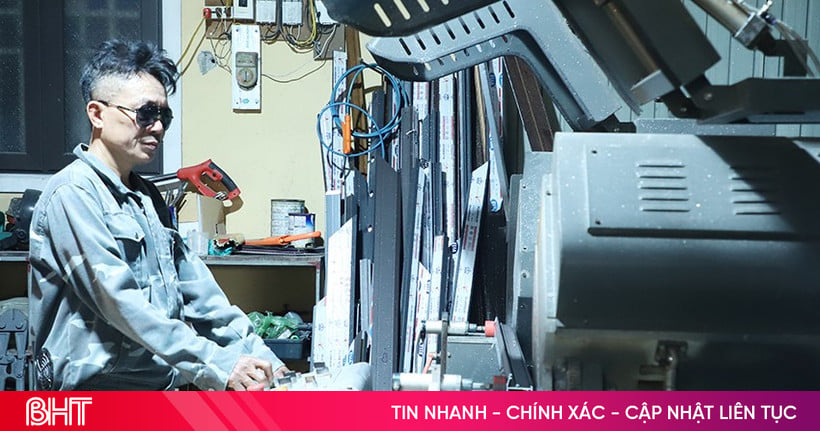
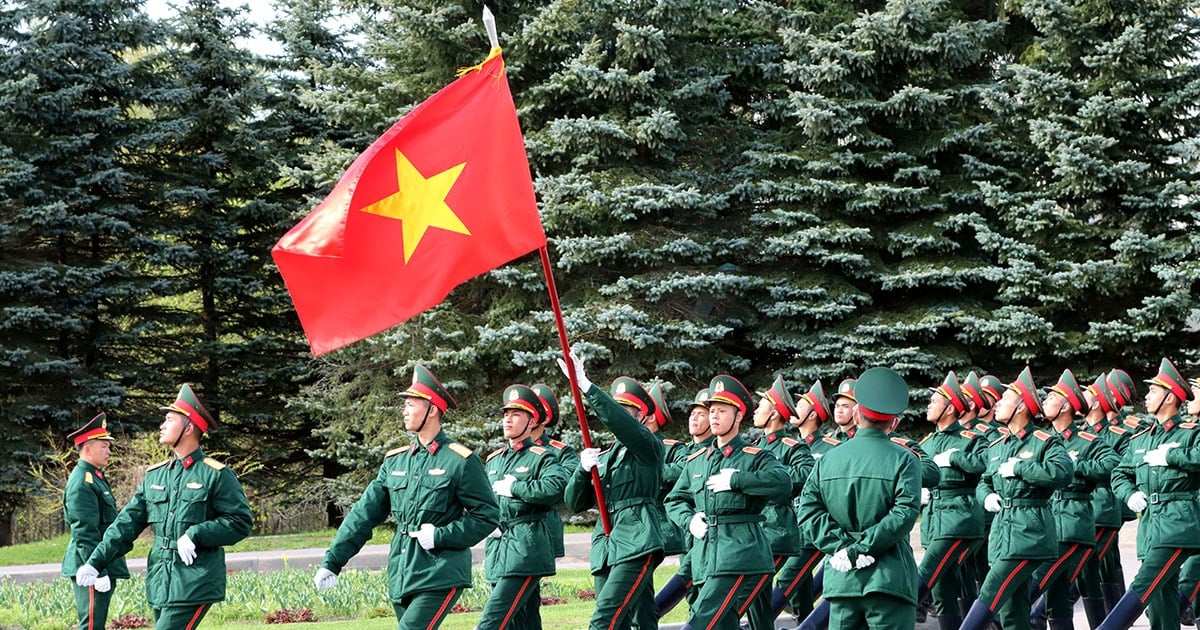


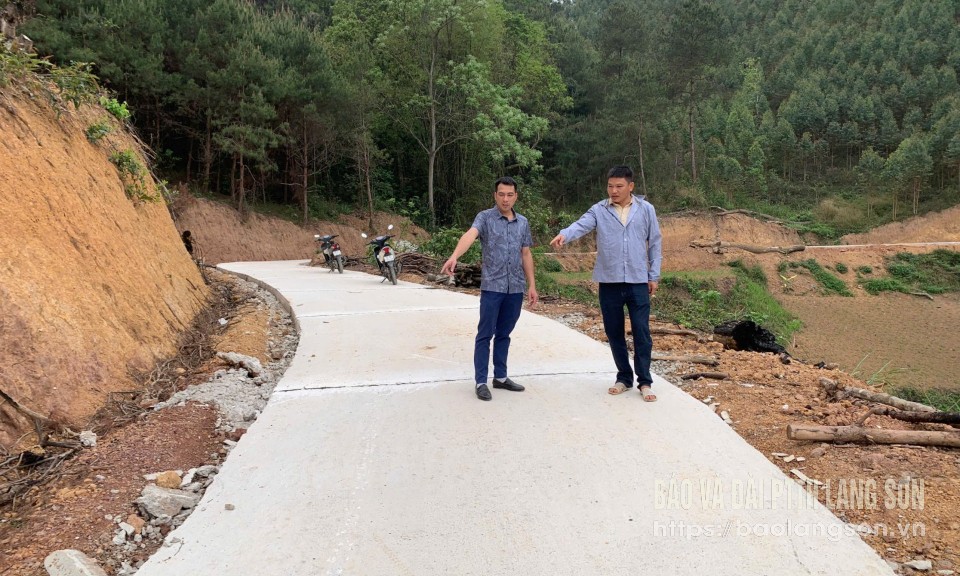


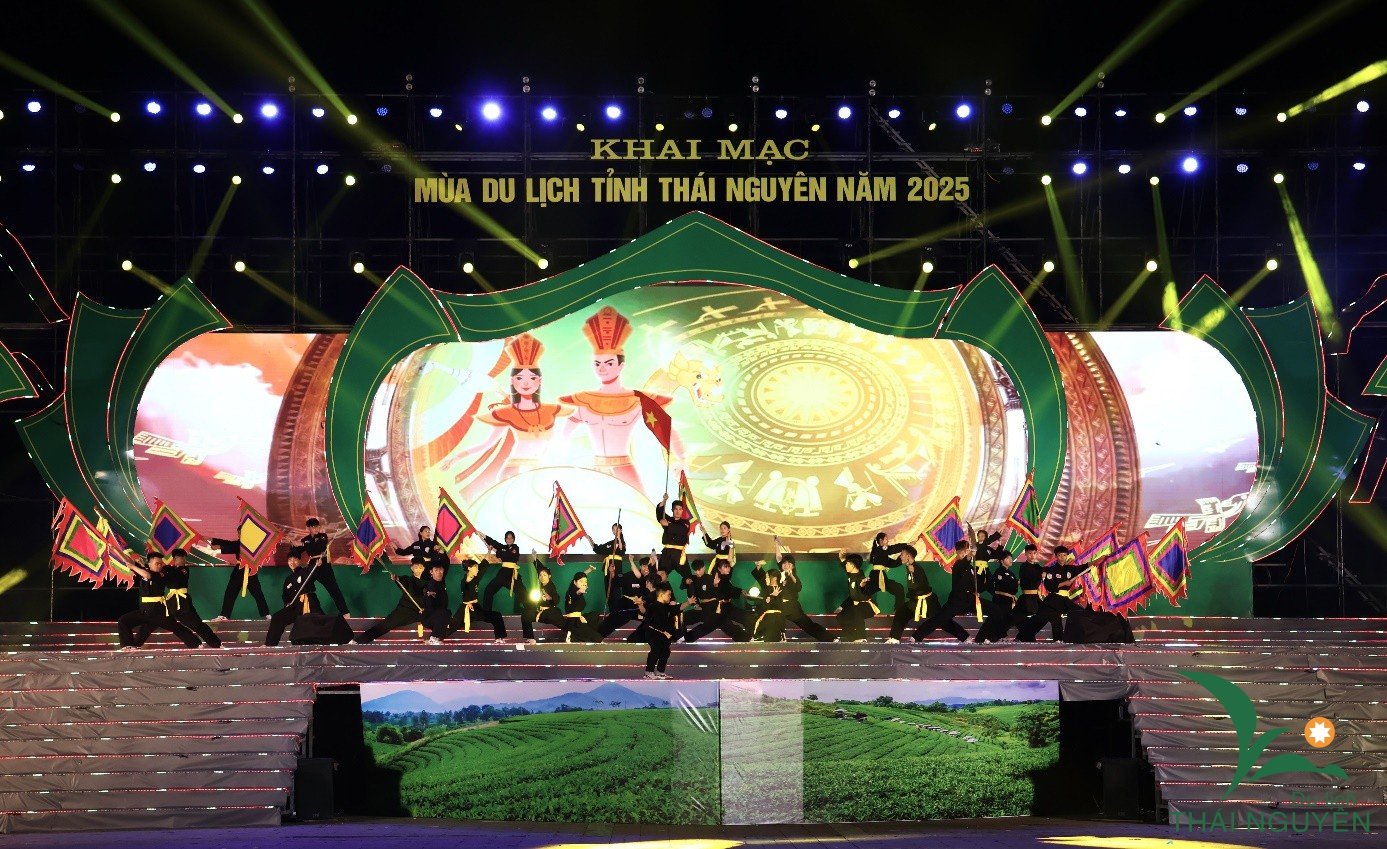

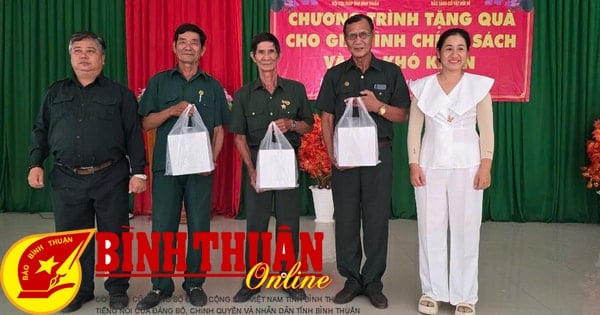


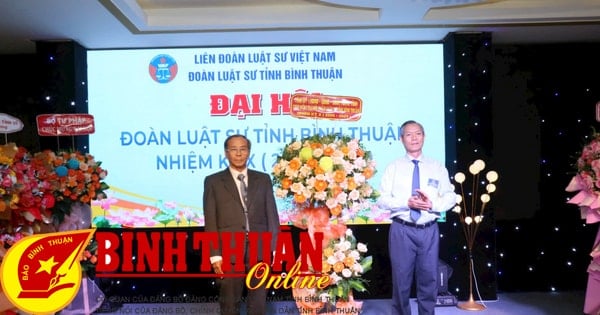
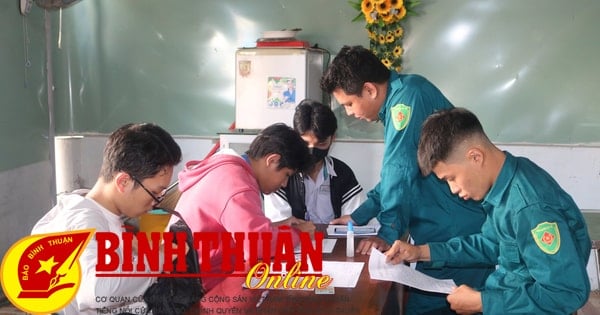
![[Photo] Living witnesses of the country's liberation day present at the interactive exhibition of Nhan Dan Newspaper](https://vstatic.vietnam.vn/vietnam/resource/IMAGE/2025/4/27/b3cf6665ebe74183860512925b0b5519)
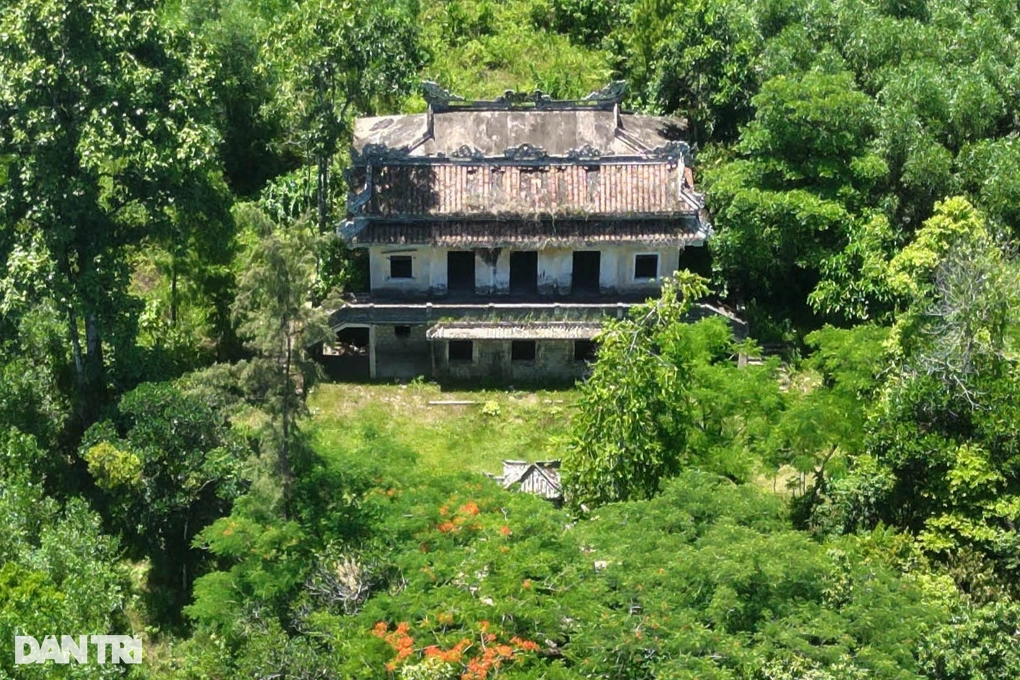

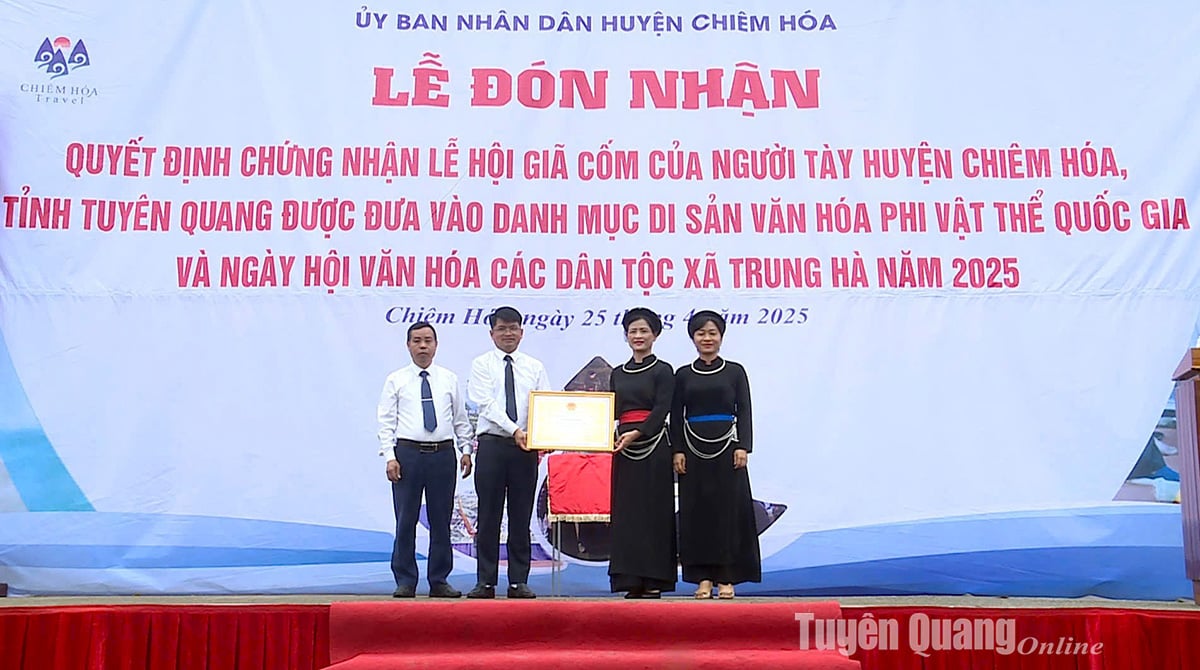

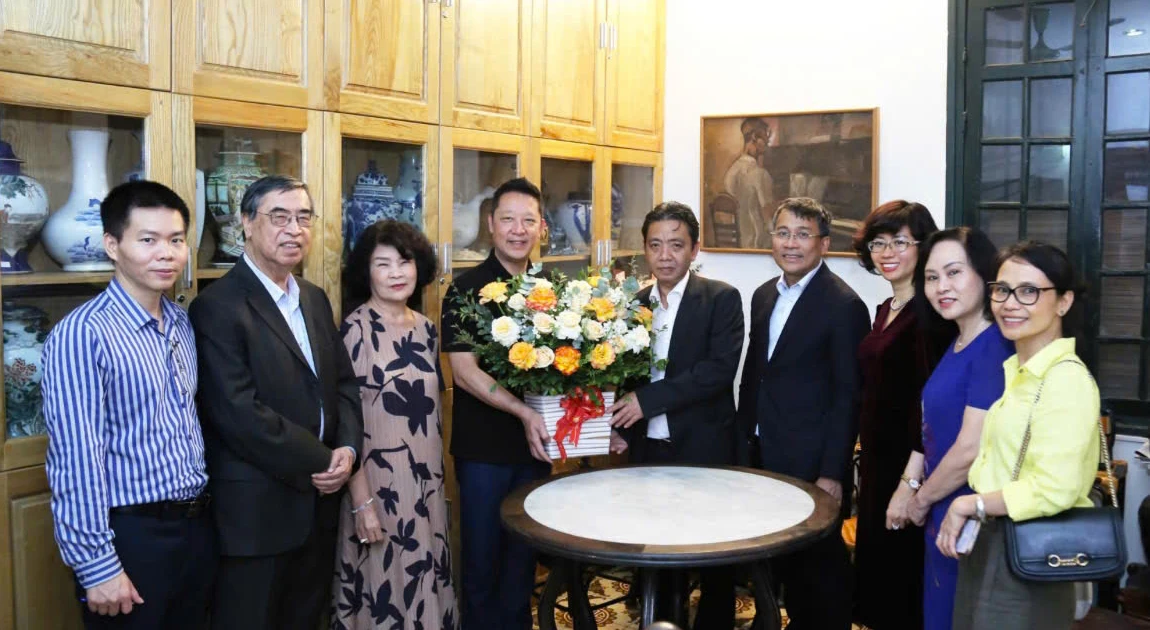

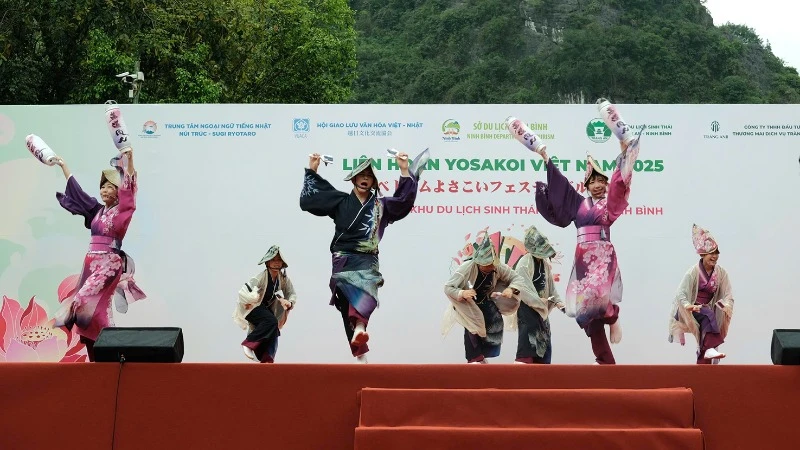
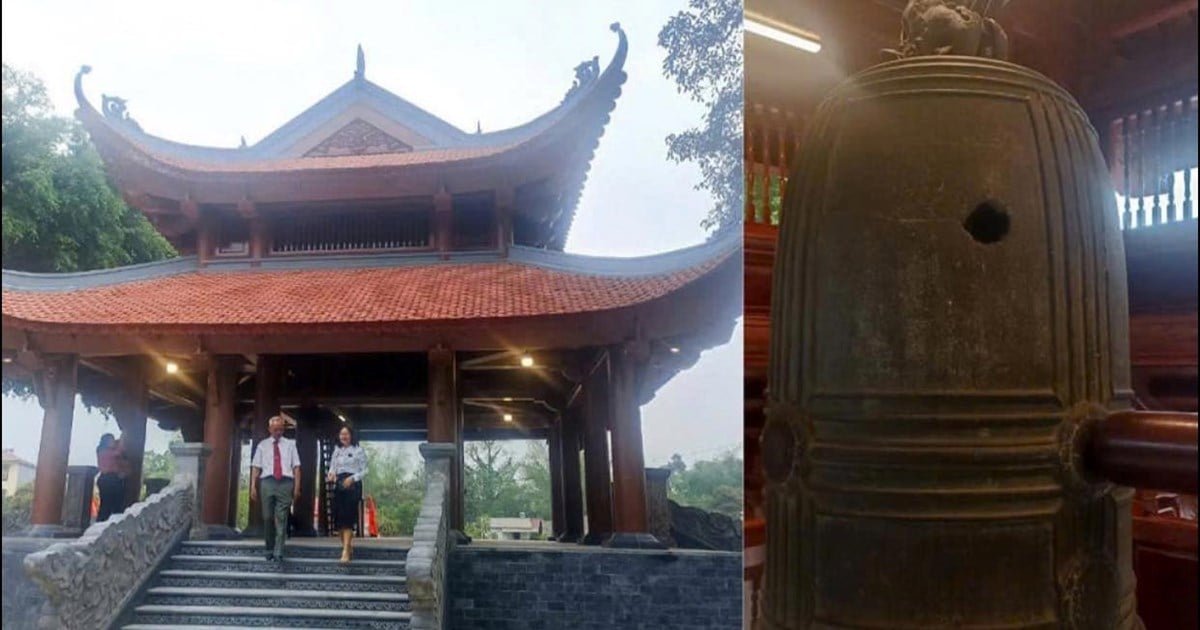





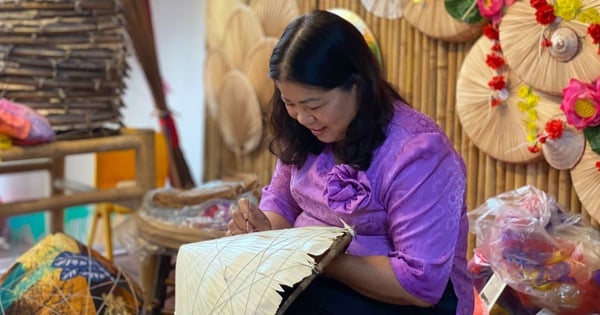

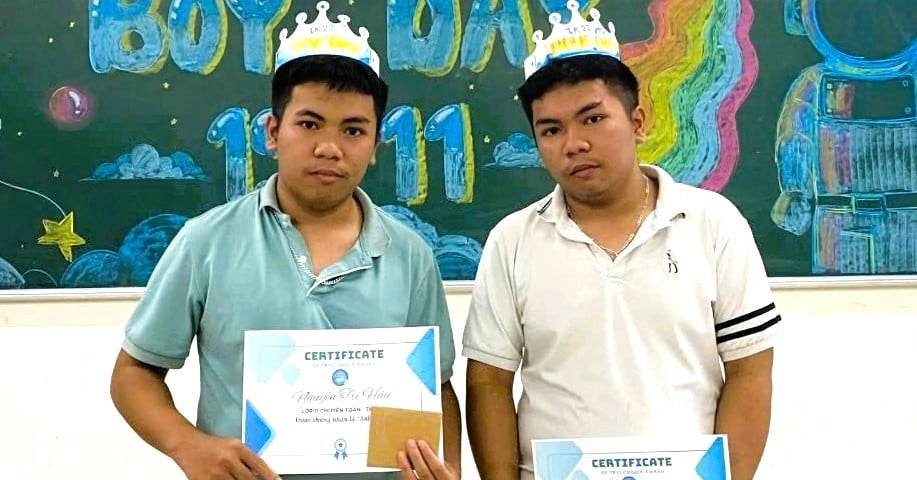



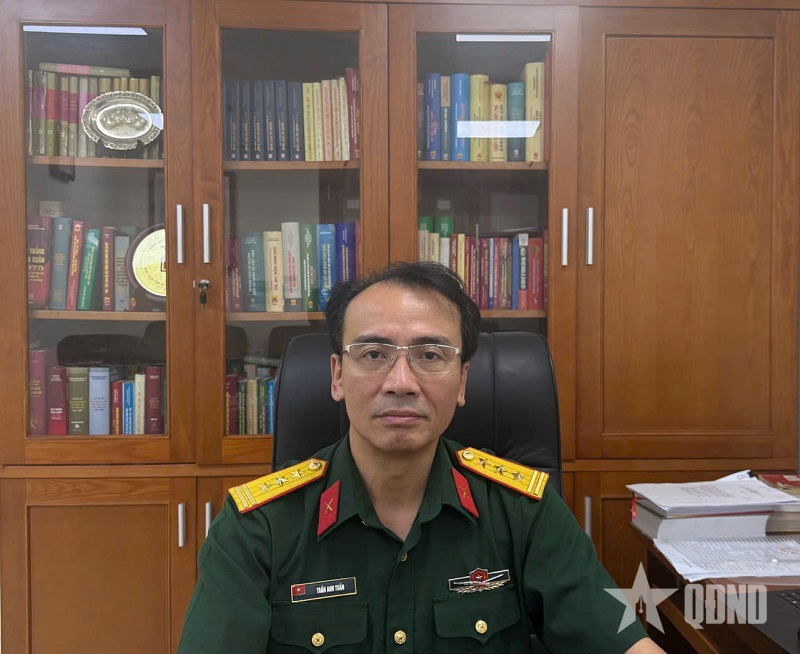



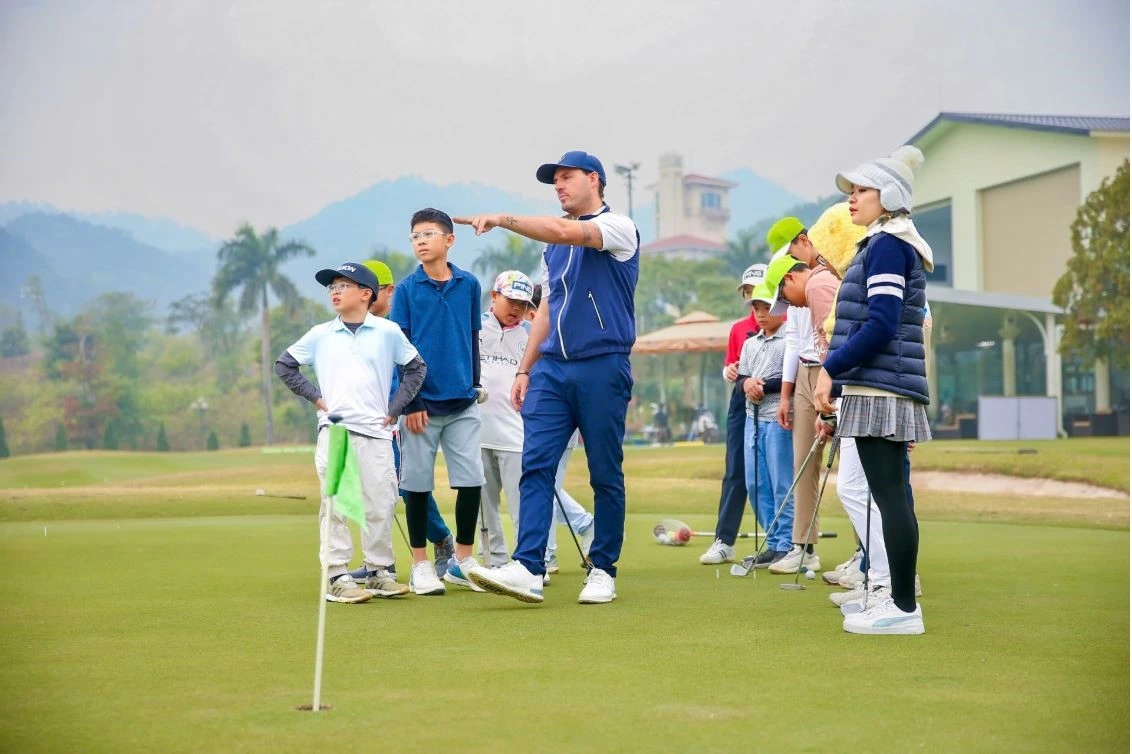
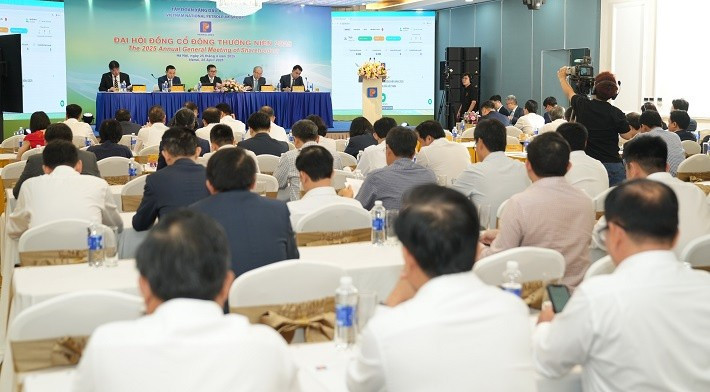

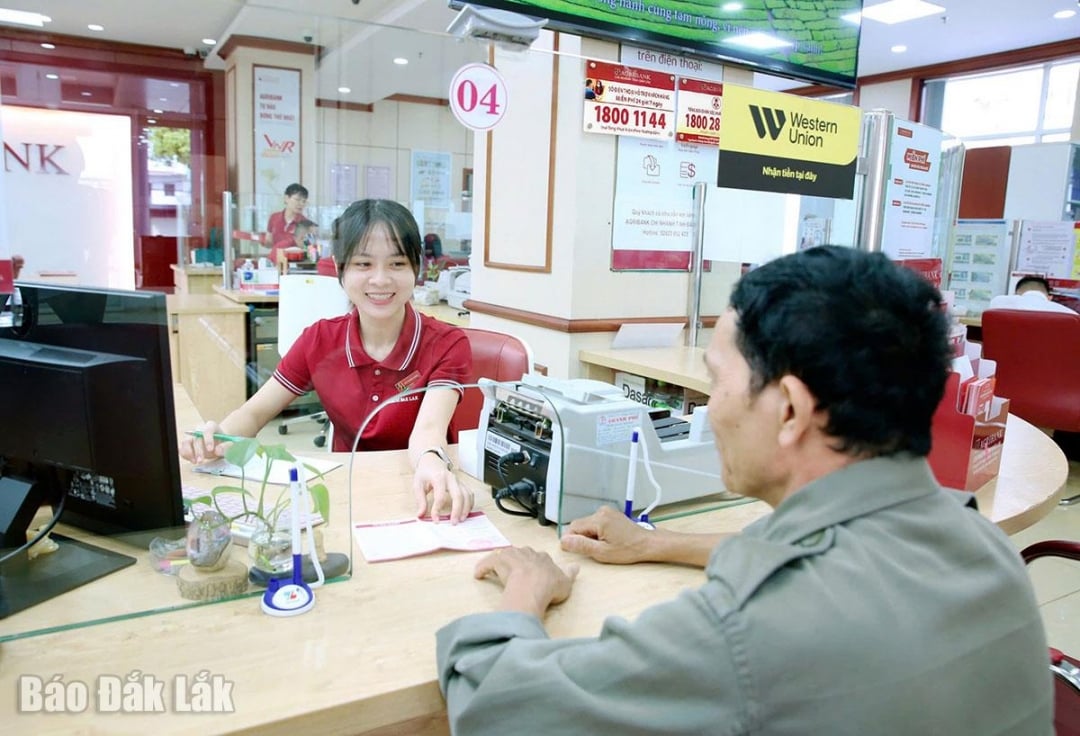





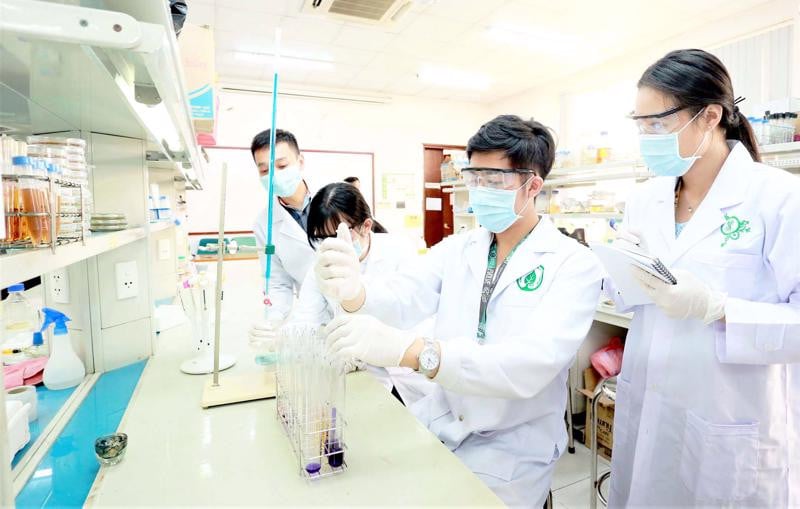
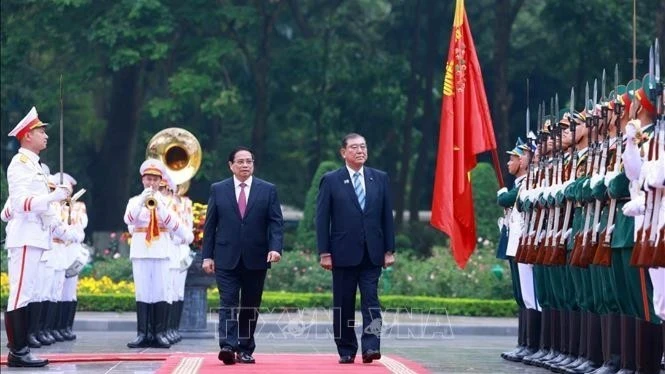
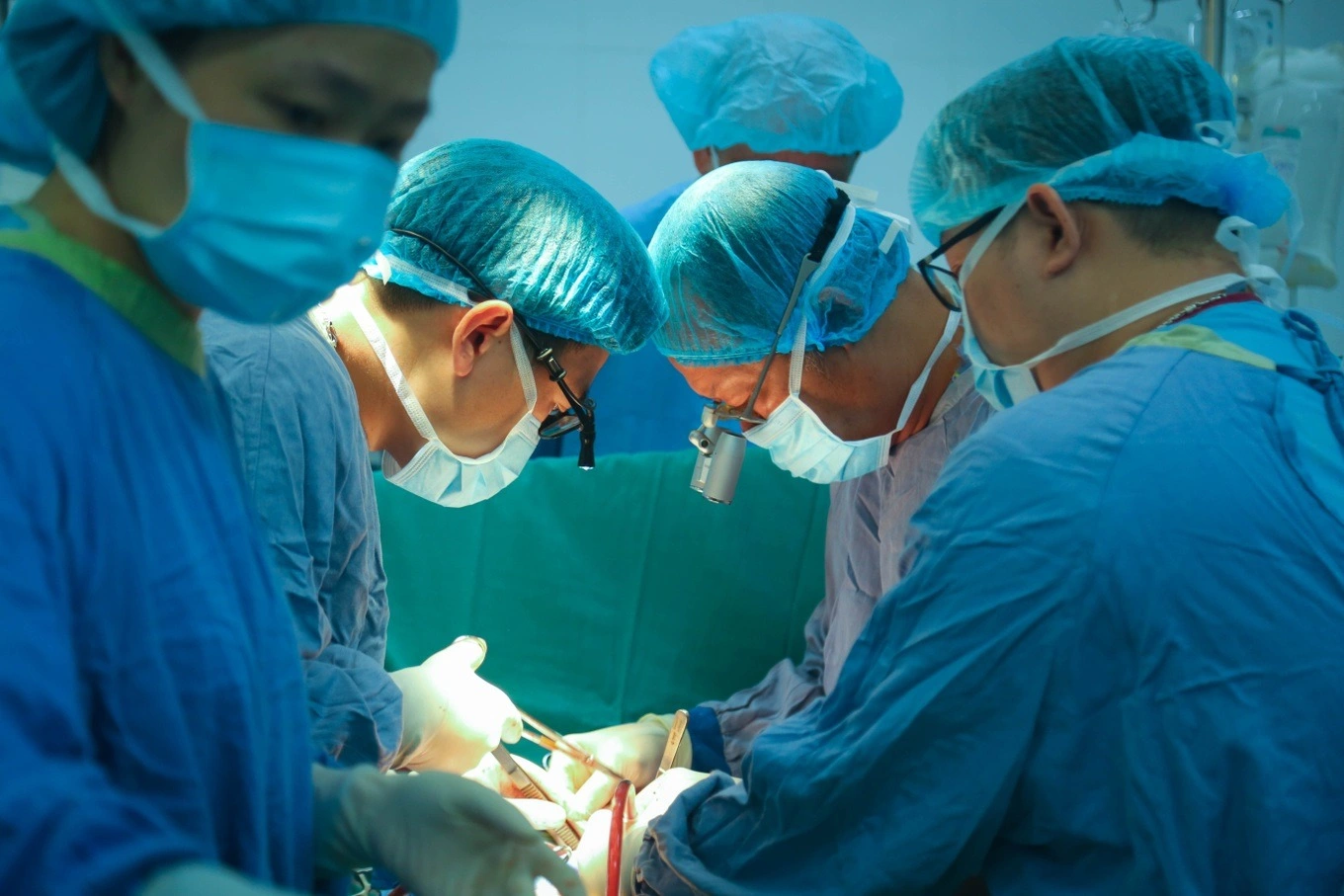

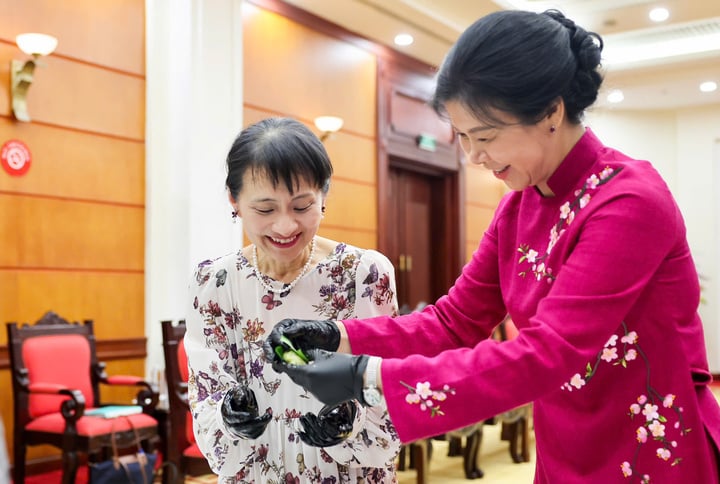

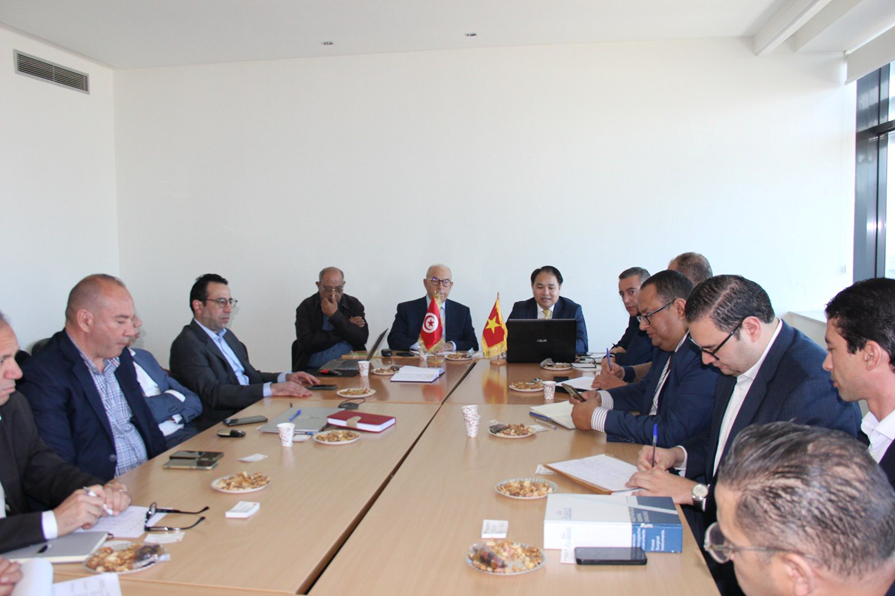

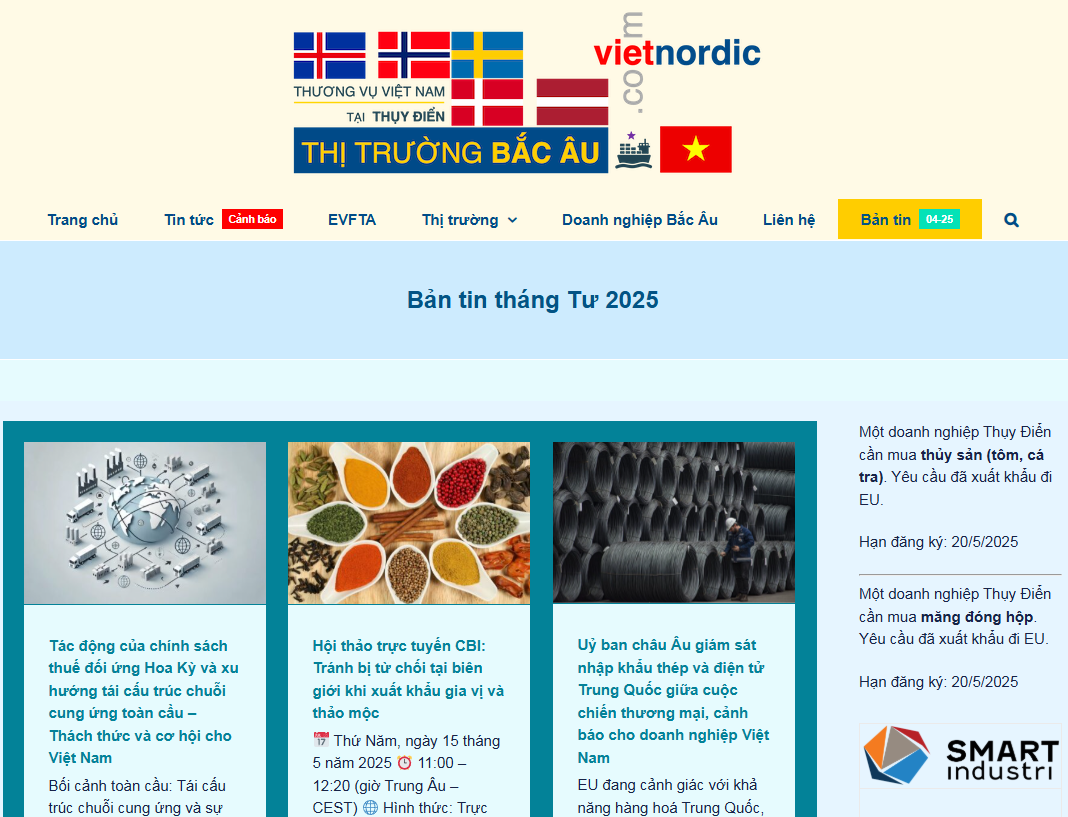


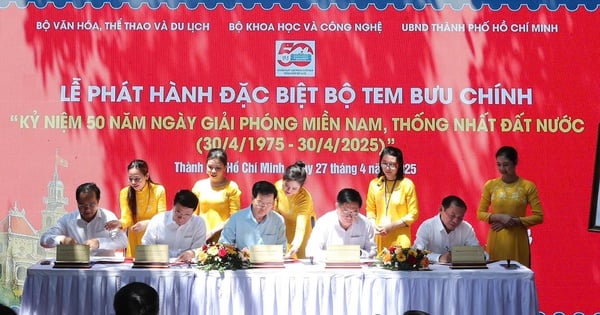

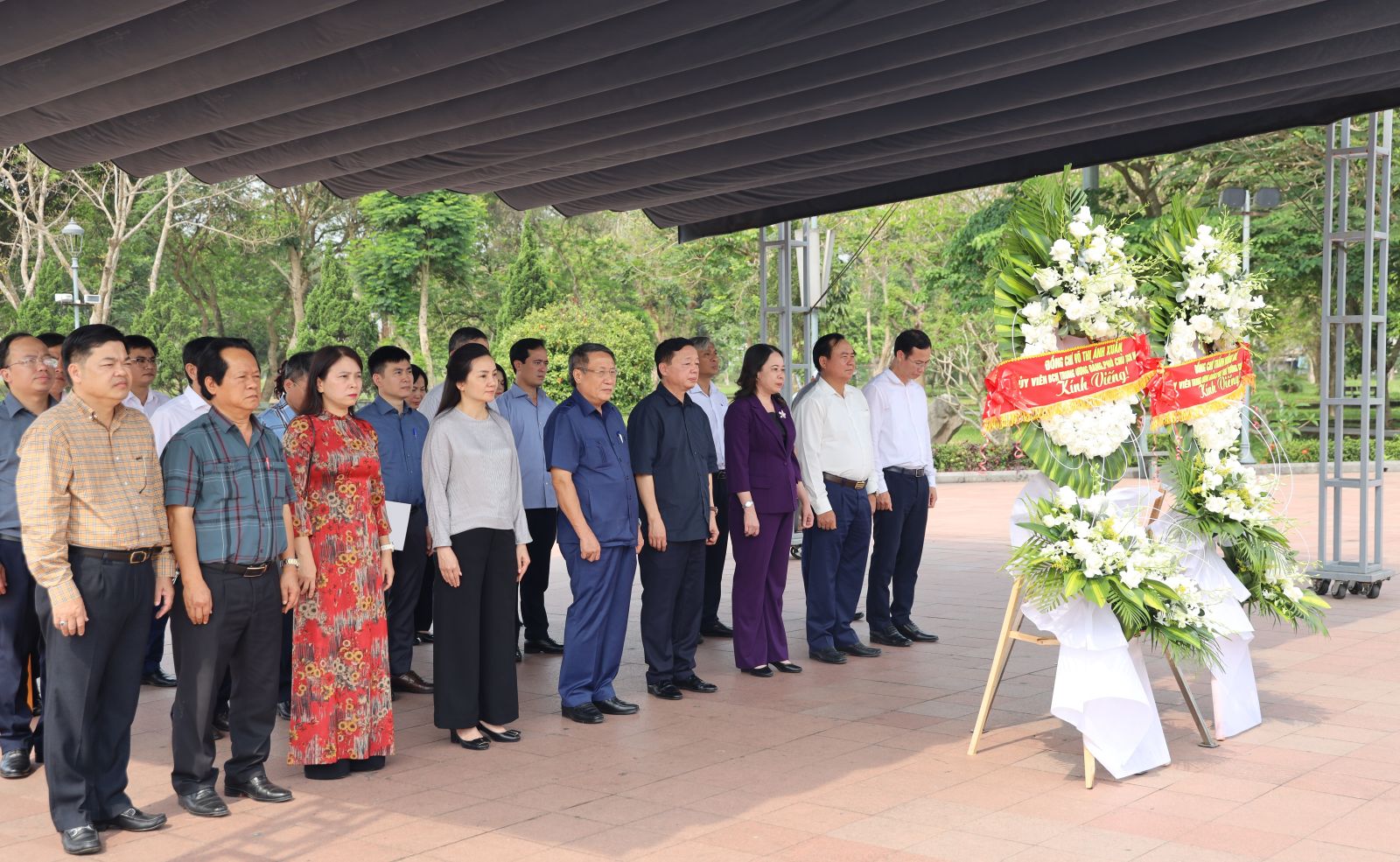

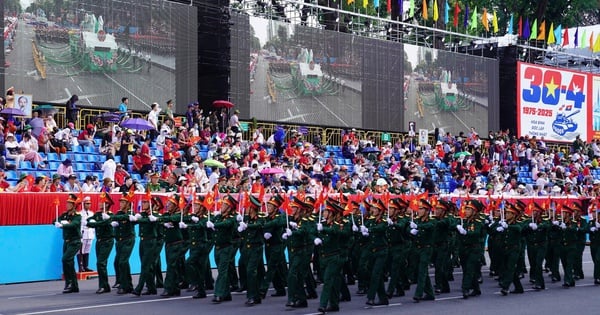



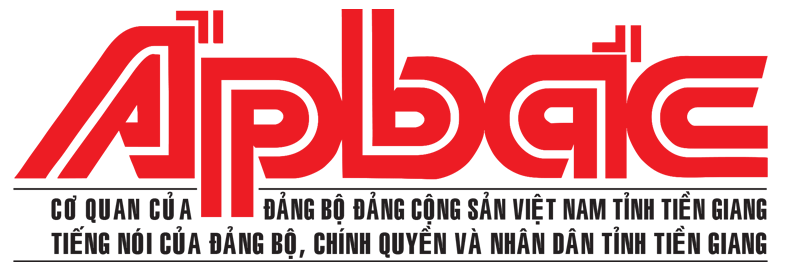


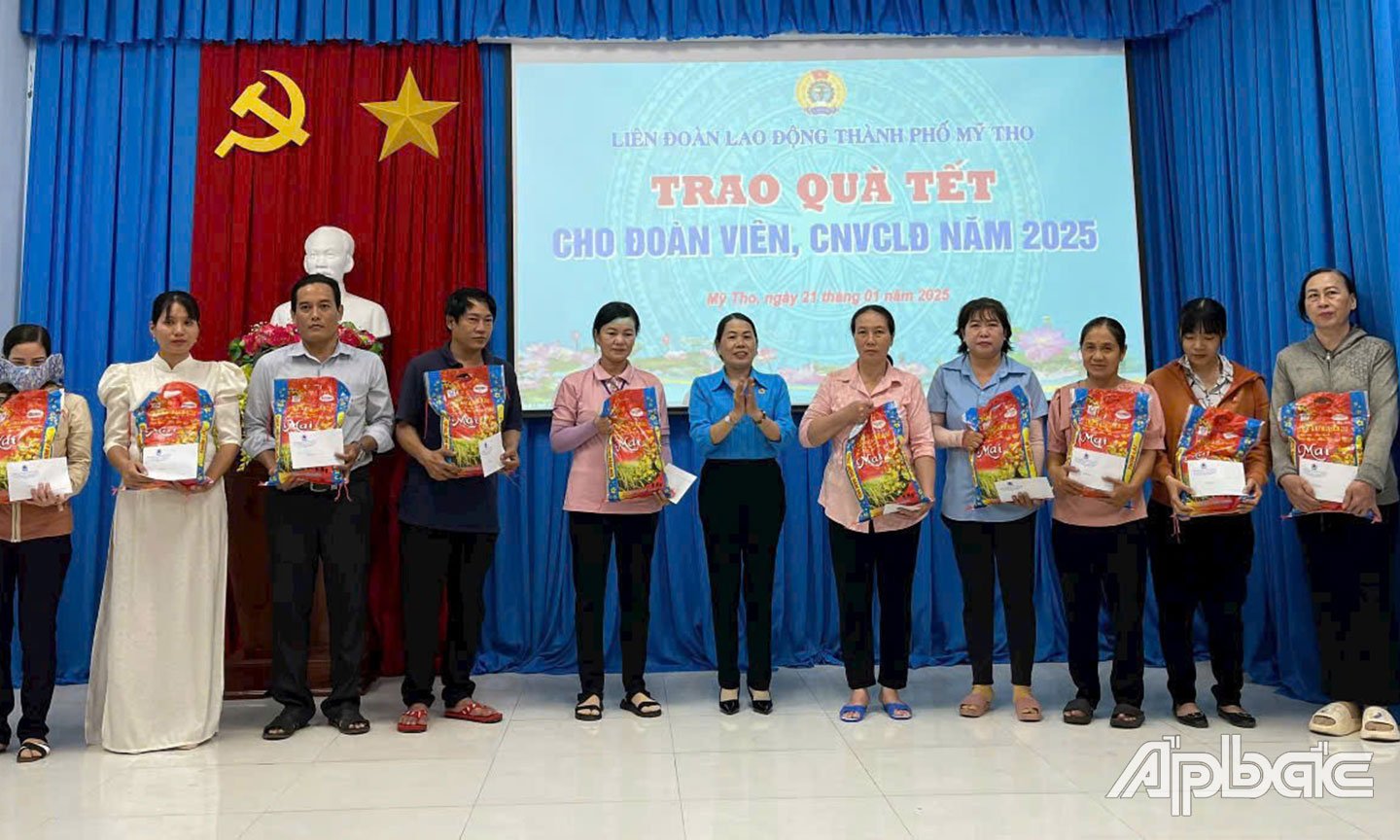




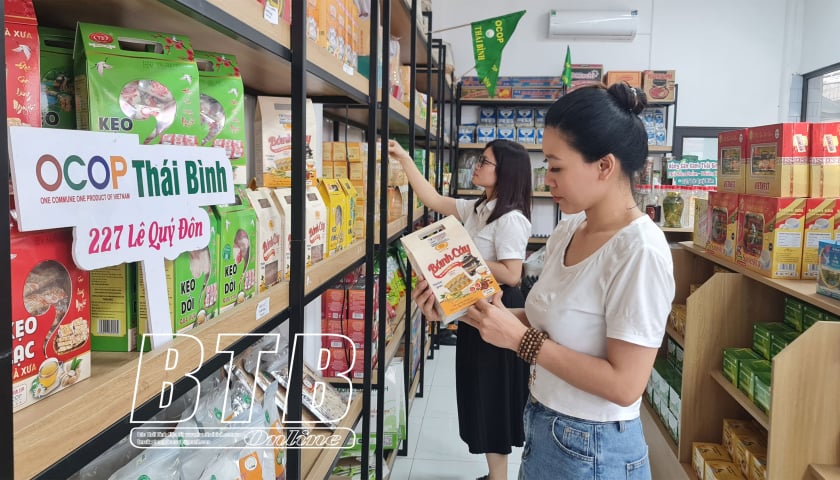

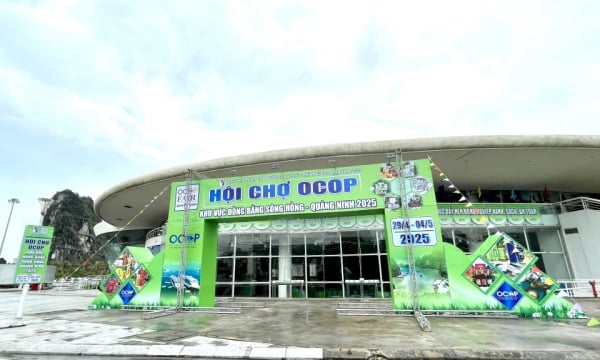

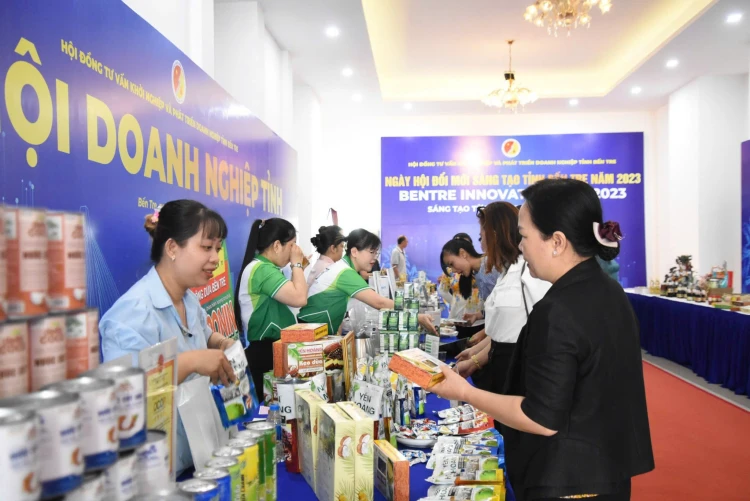



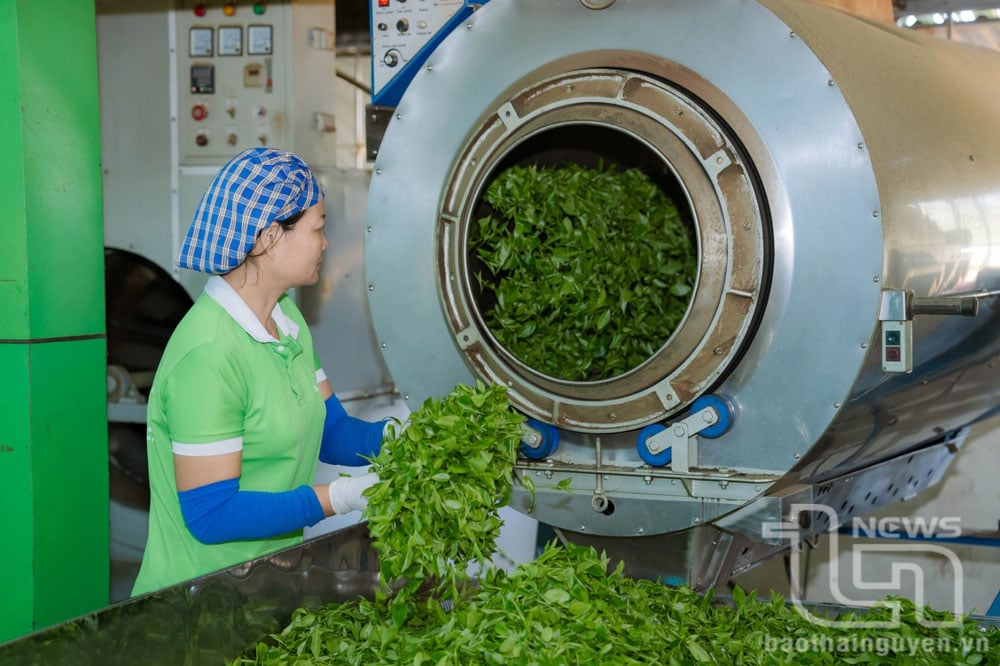

Comment (0)